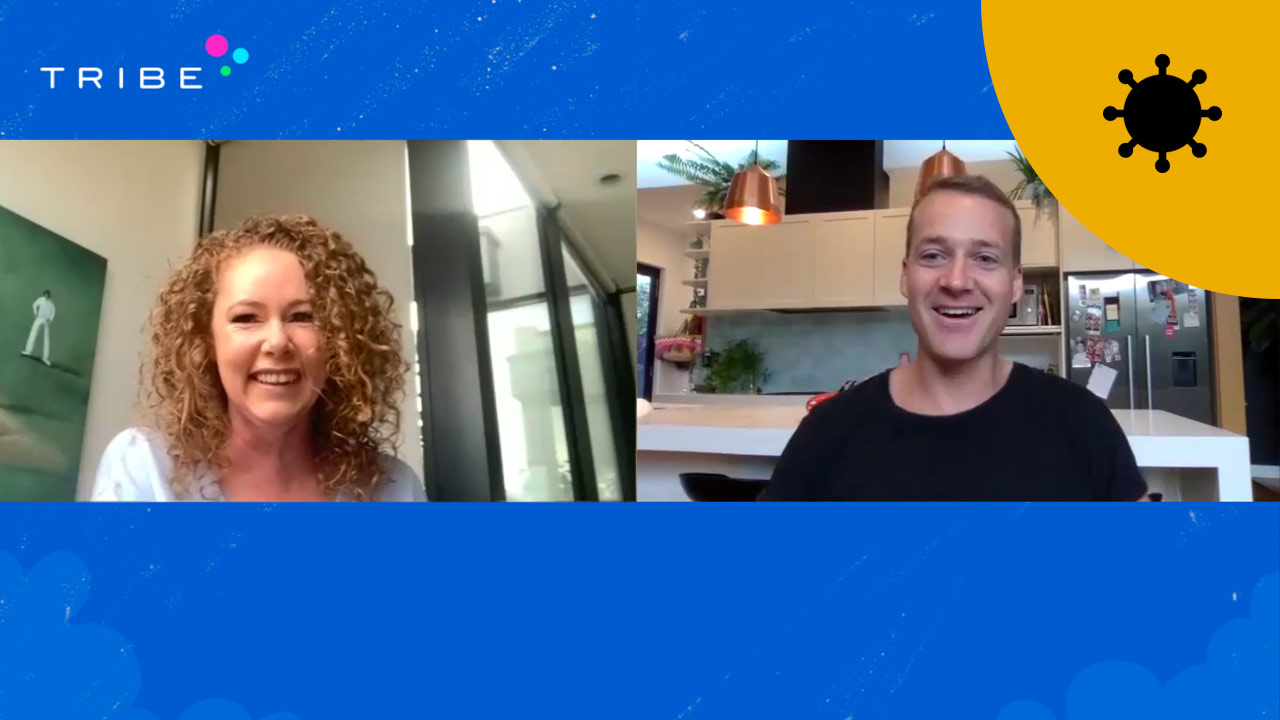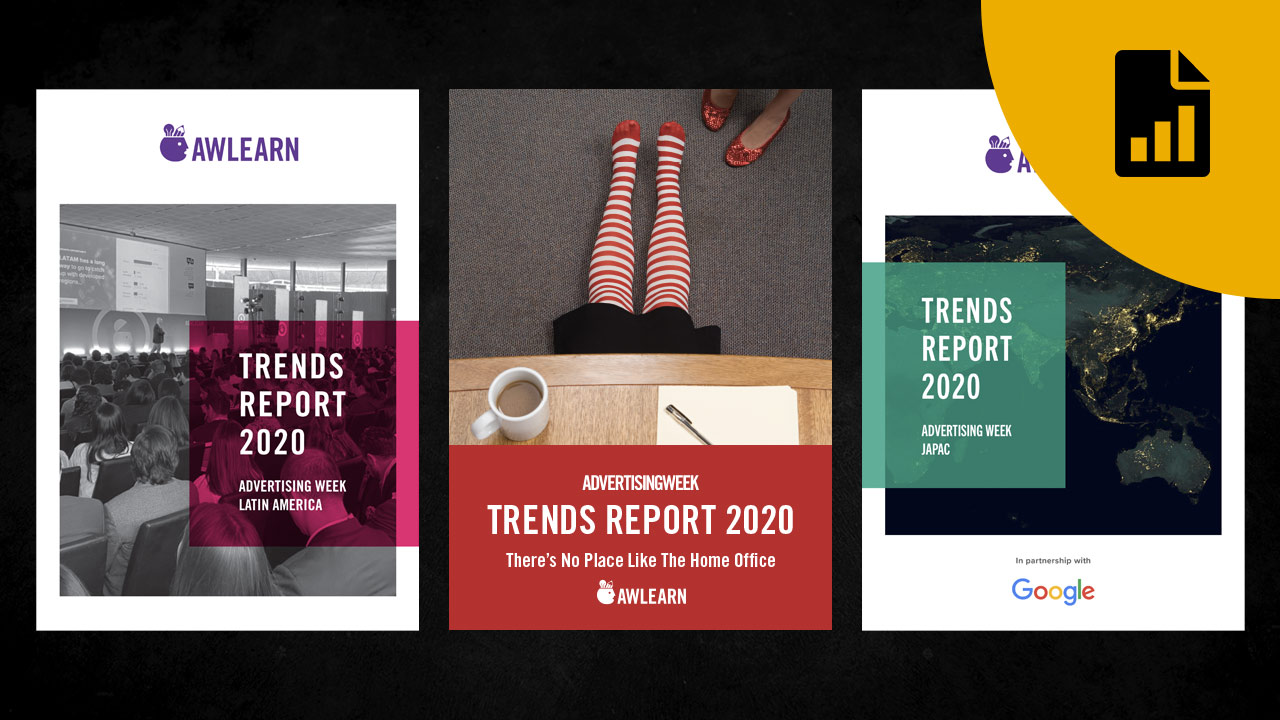How can you convince majority groups to shift their thinking when the world has catered to them for so long? Sam Ramlu, owner of creative technology studio Method, thinks the answer is simple: by making them a bit uncomfortable.
I’m a woman. And I’m a person of colour. I see diversity issues firsthand in ways that someone else wouldn’t.
When people of colour or women tell their stories about existing in a world or an industry made predominantly for white men, by white men, people often assume we are exaggerating.
But when the group you identify with is treated as an afterthought time and time again, you get used to it. People often think just because they can’t see it, it’s not happening.
Pleasingly, we’re beginning to see more groups and individuals stepping forward and speaking out. Underrepresentation and lack of diversity and inclusion (D&I), especially in the media, is finally getting the attention it deserves.
But the question remains: how do you frame an issue that many people may not see as being urgent or serious, because it isn’t their lived experience?
It comes down to increasing your personal empathy.
Naturally, some people are more empathetic than others and it can be a tough trait to self-teach. But those with genuine empathy can appreciate someone’s struggle even if it’s not their own.
So now it’s time for those in the industry to ask questions, but more importantly, listen to what is being said and actively promote marginalised groups. We need more empathetic champions, pure and simple. To drive this change, here are three ideas to consider.
1. Think about creating for all
Back when I started out in advertising, conversations surrounding D&I usually followed a depressing trajectory. There would be eye-rolls in a room when diversity was mentioned, and the male point of view was always the one that carried the day.
Even in our progressive Aotearoa we still have a long way to go to truly balance out diversity.
According to a membership survey done by the Communications Council of New Zealand, 87 percent of employees identified as NZ European/Pakeha and the ratio was even more stark in senior leadership.
Despite being one of the fastest-growing ethnic groups, people of Asian ethnicity accounted for 10 percent of those surveyed. Pasifika people represented just 3 percent. Māori were the most under-represented, accounting for just 4 percent of people working the industry.
It’s only over the last few years that the topic of D&I in the gaming and technology sector has begun to spark proper conversations. And I’m talking about more than a ghettoisation of diversity, or half-hearted seminar discussions.
It’s about real, honest conversations around what needs to change for the underrepresented.
The gaming sector in particular has a big part to play in helping people see themselves in the media they consume. Although there is a general consensus that certain types of games or content appeal more to certain genders, there is nothing stopping us from creating more diverse content.
How often do game developers create games that are suited to the way women play? It’s rare. On top of that, games typically haven’t been made available to disabled or elderly people, also known as the ‘invisible demographic’.
There is a circular system to D&I in the gaming sector. If we made games for more diverse audiences, we would find more pick up from groups that for once would be represented. This in turn would lead to greater affinity with the content over the long term.
2. Get comfortable with being uncomfortable
It’s easy to dismiss the concerns of minorities when you aren’t one. If you haven’t been exposed to anything else in your life it can be hard to seek information on how to create better practises.
Even I, in a leadership role, still exist in my own bubble. It can be easy to become complacent in your own environment.
You have to make a conscious effort to look for information, and you have to widen your network. If you’re not connecting with more people, how can you begin to understand what diversity really is?
Those influential within the creative space need to be encouraged to start changing their viewpoint. And getting unfamiliar and uncomfortable with a situation is the quickest way to realise growth.
People often argue that businesses should hire the best person for the job. But what if the best person for that job has never been given the same opportunities as their privileged counterpart?
If we want to get to a place of equality, we need to give the people we’ve held back a head start. Some people have had advantages for hundreds of years, so there’s a lot of time to make up.
There’s no other way around it.
3. Ask questions, but don’t forget to listen
When it comes to D&I in the games and technology space, all it takes is a few good people to start the conversation. Everyone within the sector has the power to become advocates in this space.
I know it’s easy to make fun of the boomer generation, but we are who we are because of them (and maybe in spite of them). We’re not perfect, but we’ve all improved slowly, generation after generation. Real change comes from people who make a point of being different or accepting that their way of thinking may be wrong.
You must want to understand perspectives other than your own, because if we don’t talk about it, how will we start to improve the space for everyone? How will we enhance our understanding and empathy towards what’s foreign to us?
We all need to talk more. So let’s start to make some people uncomfortable.




